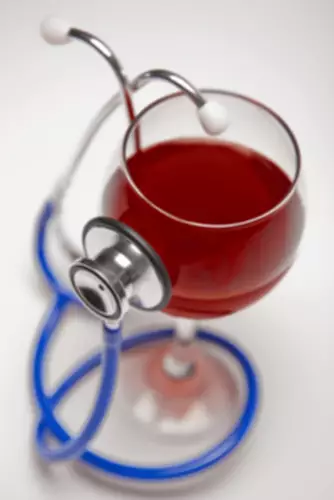
They provide a safe and supportive setting where you can develop life skills and coping mechanisms essential for long-term sobriety. With rules that enforce sobriety and encourage participation in daily tasks and recovery activities, these homes help you build a routine that supports your sobriety journey. American Addiction Centers offers two sober living programs at the https://ecosoberhouse.com/ Oxford Treatment Center in Mississippi and the Greenhouse Treatment Center in Texas. Admissions navigators are available 24/7 at these treatment centers and all AAC facilities to answer any questions about sober living, verifying insurance benefits, or other addiction recovery needs. Call today and find out how sober living housing may benefit your recovery journey.

Sober Housing

In sober living homes, you’re not just renting a room; you’re investing in your future. The safe and supportive environment acts as a buffer against relapse, providing the resources and support needed to sustain long-term sobriety. This nurturing atmosphere is crucial during the delicate transition from treatment to the real world, ensuring you have the tools and support to navigate your new sober life successfully. Unlike the unpredictable environments you might find outside, these homes establish a routine and rules that foster a safe space for recovery. You’re expected to follow guidelines, which often include curfews, chores, and mandatory participation in recovery meetings.
What Amenities Do Sober Living Homes Offer?
The second phase allows for more personal autonomy and increased responsibility for one’s recovery. All residents, regardless of phase, are required to be active in 12-step recovery programs, abide by basic house rules, and abstain from alcohol and drugs. A “Resident Congress” consisting of current residents and alumni helps enforce house rules and provides input into the management of the houses. Although the owner/operator of the houses is ultimately responsible, she/he defers to the Residents Congress as much as possible to maintain a peer oriented approach to recovery. In order to be admitted to CSTL prospective residents must have begun some type of recovery program prior to their application.
Substance Abuse and Mental Health Services Administration (SAMHSA)
Most addiction professionals will confess that the best results for long-lasting sobriety includes ongoing direction offered sober living programs. Freestanding SLH’s offer a limited amount of structure and no formal treatment services. Thus, they are optimal for residents who are capable of handling a fair amount of autonomy and who can take personal responsibility for their recovery. Expansion of freestanding SLHs in communities might therefore ease the burden on overwhelmed treatment systems. In communities that are unable to fund a sufficient number of treatment programs for individuals with substance use disorders, freestanding SLHs might be a clinically and economically effective alternative. The availability of treatment slots for individuals released from jail or prison or particularly lacking.
The Importance of Sober Living in Recovery
Staff members are on-site and available 24/7 to provide guidance, support, and accountability when it matters most. Avenues NYC encourages healthy lifestyle choices, so when it’s time to eat, the large community kitchen is fully stocked with healthy, wholesome snacks available to all community members. Dinners are professionally prepared sober living homes each night, with a delicious ever-changing menu of chef-crafted dishes catered to each client’s nutritional needs, made from healthy, locally sourced ingredients. Money from opioid settlements will flow into recovery services around the country. Some residents of Parkersburg, W.V., say their small city is under strain as a result.
- These homes aren’t just about staying substance-free; they’re about learning how to live a fulfilling life in sobriety.
- They also often come with additional mental health, medical, recovery or educational services that help people get accustomed to their new lives.
- However, they may want to avoid the level of commitment involved in reentering a formal treatment program.
- Program staff should have proper training and accreditation, and the residence should submit to regular inspections to ensure the highest standard of care.
Sober living homes are not just about providing a roof over your head; they foster a sense of belonging and mutual support. Here, you’ll find individuals at various stages of their recovery, each contributing to a collective reservoir of hope, strength, and encouragement. This network is pivotal in reducing feelings of isolation, often a trigger for relapse.

Secondary outcomes included measures of legal, employment, medical, psychiatric and family problems. Some measures assessed the entire 6 months between data collection time points. Others, such as the Addiction Severity Index, assessed shorter time periods of 30 days or less.

Clean and Sober Transitional Living (CSTL)
However, sober living homes differ depending on the residents they accept and the rules they maintain. These are residential facilities that provide structure and support for those healing from addiction. They are designed to be a transitional space from residential treatment to mainstream society. Outpatient programs in low income urban areas might find the Options Recovery Services model of SLHs helpful. Relative to the other housing programs, this model was inexpensive and the houses were conveniently located near the outpatient facility. Typically, residents entered these SLHs after establishing some period of sobriety while they resided in a nearby shelter and attended the outpatient program.


